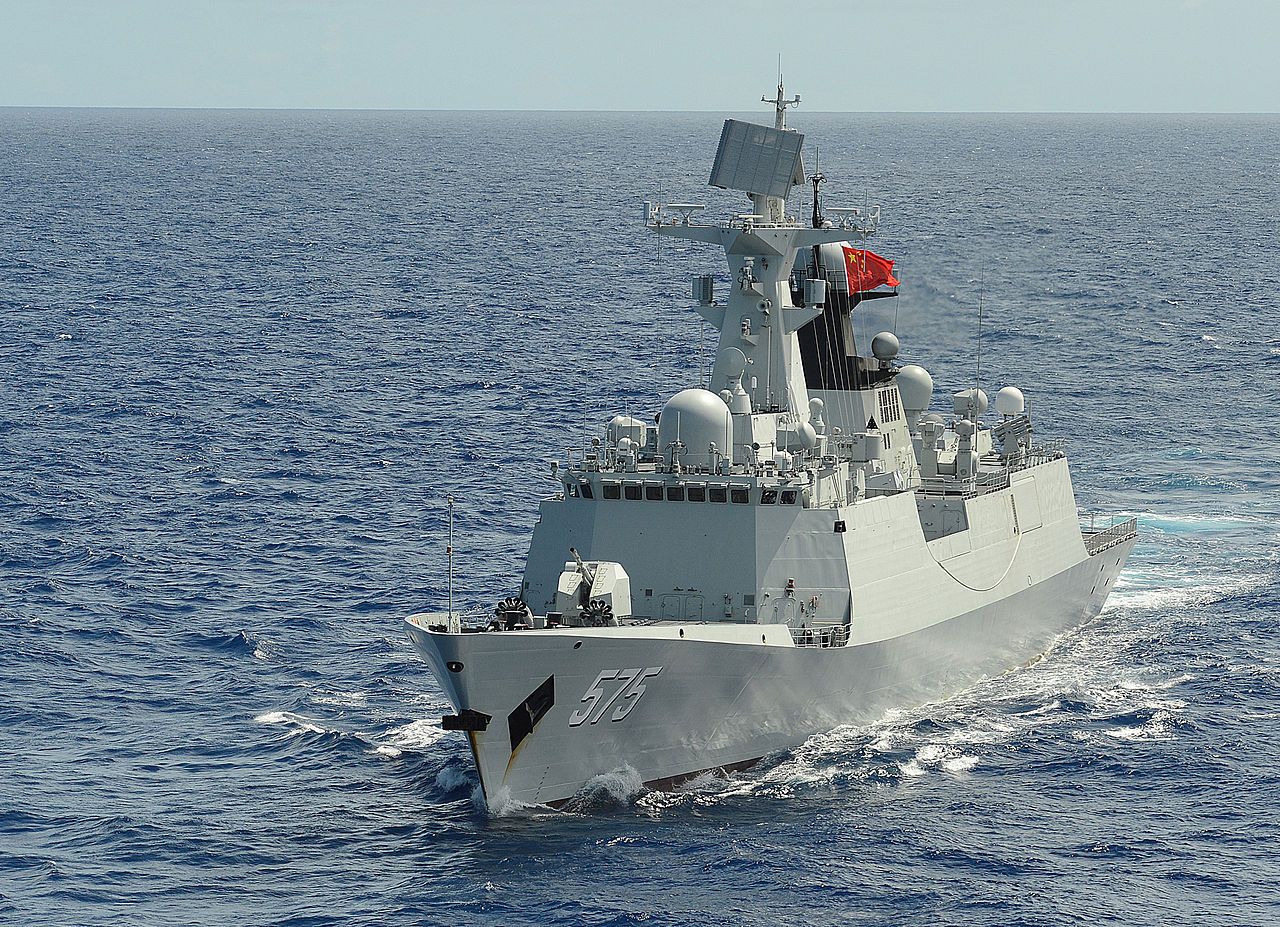Navigating Troubled Waters: The Philippines, China, and Malaysia in the South China Sea
Malaysia has adopted a more pragmatic approach to the South China Sea issue, seeking to maintain good relations with both China and its ASEAN partners.

By Dr Ahmad Zaharuddin Sani Sabri is a former director at the Institute of Tun Dr Mahathir Thoughts.
The South China Sea, a vast expanse of resource-rich waters, has long been a contentious arena, with overlapping territorial claims by several countries, including China, the Philippines, Vietnam, Malaysia, Brunei, and Indonesia. At the heart of these disputes is China's assertion of "indisputable sovereignty" over nearly the entire South China Sea, a claim that has been repeatedly challenged by its neighbors.
The Philippines: A Champion of International Law
The Philippines, a staunch advocate for international law and peaceful resolution of disputes, has been at the forefront of challenging China's expansive claims. In 2016, the Philippines initiated an arbitration case under the United Nations Convention on the Law of the Sea (UNCLOS), seeking to invalidate China's "nine-dash line" claim. The tribunal's ruling in favor of the Philippines was a significant setback for China, but it has yet to fully comply with the decision.
The Philippines has also taken steps to strengthen its military presence in the South China Sea, conducting regular patrols and exercises in the disputed waters. In recent years, tensions between the Philippines and China have escalated, with incidents such as the 2016 standoff at Scarborough Shoal and the 2019 ramming of a Philippine fishing boat by a Chinese coast guard vessel.
Malaysia: Navigating a Delicate Balance
Malaysia, while not directly involved in the territorial disputes over the South China Sea, has expressed concerns about China's militarization of the region and its disregard for international law. Malaysia has also been involved in maritime disputes with China in the Spratly Islands, and it has periodically deployed naval vessels to the South China Sea to assert its territorial claims.
Malaysia has adopted a more pragmatic approach to the South China Sea issue, seeking to maintain good relations with both China and its ASEAN partners. Malaysia has also been active in promoting regional cooperation and dialogue to address the South China Sea issue peacefully.
Similar Issues in Other Parts of the World: A Comparative Perspective
The South China Sea issue is not unique in its complexity and potential for conflict. There are several other parts of the world where similar territorial disputes have arisen, often with significant geopolitical implications.
- The Senkaku/Diaoyu Islands Dispute: The Senkaku/Diaoyu Islands, located in the East China Sea, are disputed between Japan and China. The islands are small and uninhabited, but they are believed to be surrounded by rich oil and gas reserves.
- The Kashmir Dispute: The Kashmir region is a mountainous territory claimed by both India and Pakistan. The dispute has led to three wars between the two countries and remains a source of ongoing tension.
- The Falkland Islands/Malvinas Dispute: The Falkland Islands/Malvinas, located in the South Atlantic Ocean, are disputed between the United Kingdom and Argentina. The islands are small and sparsely populated, but they have strategic importance due to their location.
Lessons from Successful Solutions: A Path to Peace
While the South China Sea issue remains unresolved, there are examples of successful resolutions to similar territorial disputes in other parts of the world. These cases provide valuable lessons for the parties involved in the South China Sea dispute.
- The Norway-Russia Maritime Boundary Agreement: In 2010, Norway and Russia reached an agreement to delimit their maritime boundaries in the Arctic Ocean. The agreement was based on a combination of historical, legal, and scientific considerations.
- The Eritrea-Ethiopia Boundary Commission Decision: In 2000, the Eritrea-Ethiopia Boundary Commission (EEBC) issued a decision delimiting the border between Eritrea and Ethiopia. The decision was based on a comprehensive review of historical, legal, and geographical evidence.
- The Colombia-Nicaragua International Court of Justice Ruling: In 2012, the International Court of Justice (ICJ) issued a ruling on the maritime boundary between Colombia and Nicaragua. The ruling was based on a careful interpretation of international law and the application of equitable principles.
These cases demonstrate that even the most complex and long-standing territorial disputes can be resolved through peaceful means. The key ingredients for success are a commitment to diplomacy, a willingness to compromise, and a respect for international law.
Final Thoughts
The South China Sea issue is a complex and challenging one, but it is essential to find peaceful and cooperative solutions. The future of the region depends on the ability of its stakeholders to work together to manage disputes and build a stable and prosperous future for all.
